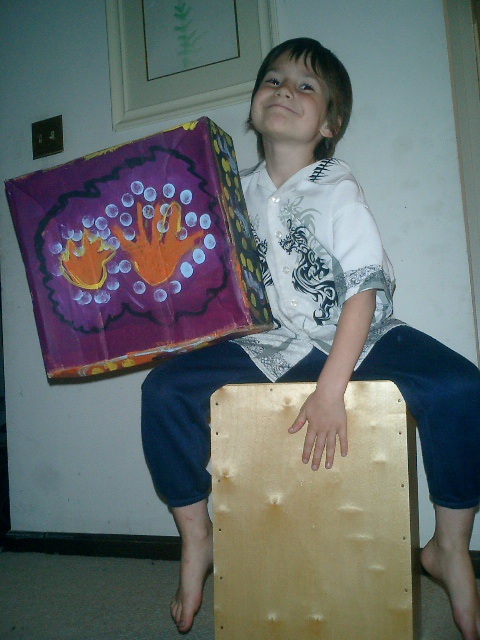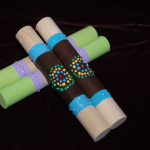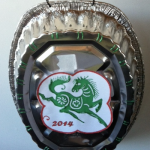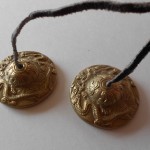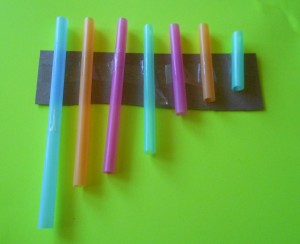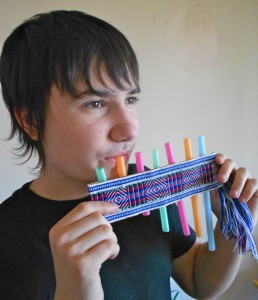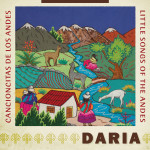Turn a broomstick into Australian bilma for some really versatile rhythm sticks. Or a cardboard box into a Peruvian cajón – perfect to learn hand-drumming! You’d be surprised how many wonderfully unique world music instruments can 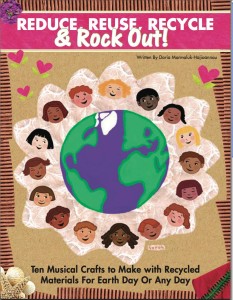 be made from recycled or repurposed materials. And sound good. And inspire musical play in your home or classroom.
be made from recycled or repurposed materials. And sound good. And inspire musical play in your home or classroom.
Best of all, many of these instruments mean thinking about things in a new way. Working with these simple crafts, kids can see how many important items originally came from nature – such as Native American turtle shell rattles, rainsticks from chola cactus branches and bamboo reeds were fashioned into panpipes. Or how things take on a special significance when they are made by hand or made with love and personal attention. And how some of the most amazing instruments are the quietest – like a simple sistrum that dates back to ancient Egypt. Or a drum that can do an 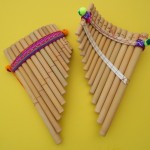 amazing impression of the sounds of surf.
amazing impression of the sounds of surf.
While crafting with your kids, you can explore a variety of beautiful world cultures and use it as a way of connecting with your class, your family or your community.
Here’s a list of the recycled instruments found in the E-book.
Australian blima clapsticks from broomsticks or tree branches
ACTIVITY TWO
Peruvian style cajón drum from a cardboard box of any size
Chinese-style gong from a recycled roasting pan or cookie sheet
ACTIVITY FOUR:
A South American “quijada” jawbone instrument made from egg cartons
ACTIVITY FIVE
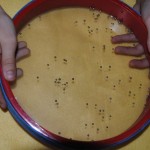 An ocean drum made from a pizza box and recycled plastic folders
An ocean drum made from a pizza box and recycled plastic folders
ACTIVITY SIX
A rainstick made from a used mailing tube
ACTIVITY SEVEN
An Egyptian sistrum from a forked tree branch or a coat hanger
Tinghsa handbells made from repurposed “Snapple” tops
ACTIVITY NINE
Native American turtle shell rattle from take-out containers
Panpipes from clean, recycled drinking straws
So download the book, dig into the recycling bin and make a joyful noise today!
Free Download!
If you’re reading this post during April 2014, you can get a free download of this awesomely green musical craft book here: http://www.dariamusic.com/monthly_song.php
Reduce, Reuse, Recycle and Rock Out! is also available from TeachersPayTeachers here:

